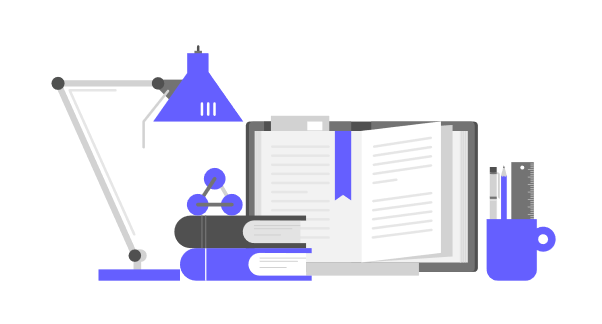
Consulting
Why Us
Innovative medical devices need to get to market to serve patients as quickly as possible. They also need to be safe, effective and manufactured with good quality.
So how can medical device startups get to market as quickly as possible?
When people think of building a regulatory and quality management system, they typically think of large, unwieldy and costly processes that draw out project plans and add a lot of fat to the development process.
This does not have to be the case! We can take inspiration from the software development world and build modular, flexible quality management processes that doesn’t stifle innovation and actually brings value to your business.
This is how we get your awesome device onto the market to those that need it most.

Our Mission
Our mission is to support our customers to:
- Get their medical devices to market as efficiently as possible
- Develop lean, sustainable and effective quality and regulatory processes
- Save time and money on maintenance of processes
- Save time and money on maintenance of devices on the market
- focus on their core business: helping their patients
We have a least burdensome approach to everything we do. That means we focus on exactly what will work for our customers.


Our Approach
Quality and regulatory processes should bring you value,
not hinder you! If they aren’t effective, ditch them!
That’s why at Conformify we believe:
- Processes should be modular to support projects of any complexity
- Documents should be modular so you 'Don't Repeat Yourself'
- Processes should focus on quality and not on administration
How it works...
Sign NDA
We sign a non-disclosure agreement if necessary
Interview
We start with a short interview about your proposed project so we can get a quick understanding of how it works
Documentation Share
You provide us with any relevant documentation you have that will help provide the necessary background information for the project
Estimate
We provide you with a quote for the project and we discuss it and make changes where necessary
Questions
We start the project and come back to you with questions or requests for more information if needed
Draft
We send you drafts of the deliverables and you review them
Review
We conduct a second interview if needed to go over the review, or you pass us your review in written form
Repeat
We conduct further iterations where necessary…
Complete
We provide the final project deliverables
Possibilities...
Need Advice?
Need to Speed Up?
If you want to accelerate a project, we can step in and support your team meet that deadline.
Need Documentation?
Preparing a Submission?
We can help you prepare a submission to get clearance from the FDA, or obtain a CE mark.


